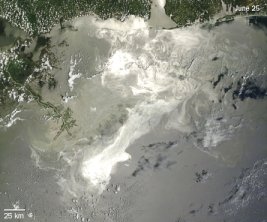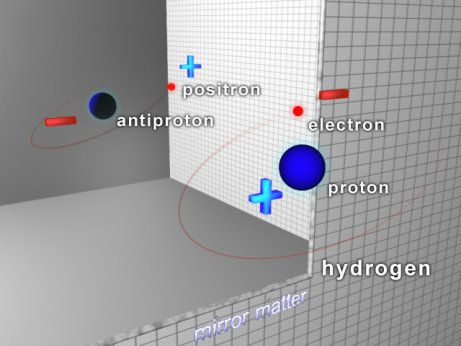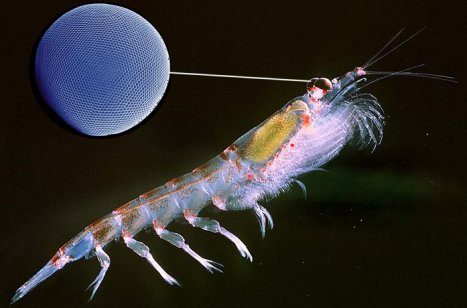
While these (and many other) studies showed that bacteria were cleaning up the oil better than anyone expected, there was one nagging worry: what about the oil that was floating on the surface of the Gulf? Most of the studies dealing with bacterial decomposition in the Gulf concentrated on the oil that was deep underwater. The surface of the Gulf of Mexico is a much different environment from the deep waters, and it was feared that bacteria would not be as good at decomposing the oil that was floating on the surface.
Indeed, a 1995 study specifically looked at bacterial activity on the surface of the Gulf of Mexico near where the Deepwater Horizon disaster occurred. The researchers noted that the mix of chemicals in that region is not ideal for good bacterial activity. They even did experiments where they added excess glucose to the water and watched how the bacteria responded. While bacteria typically love to eat glucose, the researchers saw very little increase in bacterial activity. This led them to conclude that the surface waters were not very suitable for bacterial-led cleanup.1
The scientists at the Woods Hole Oceanographic Institution are, of course, familiar with the results of this study. So they thought that the oil on the surface of the Gulf would not be cleaned up nearly as quickly as the oil that was deep in the Gulf. Fortunately, they were wrong.
Continue reading “God’s Cleanup Crew Is Tougher Than Expected!”




